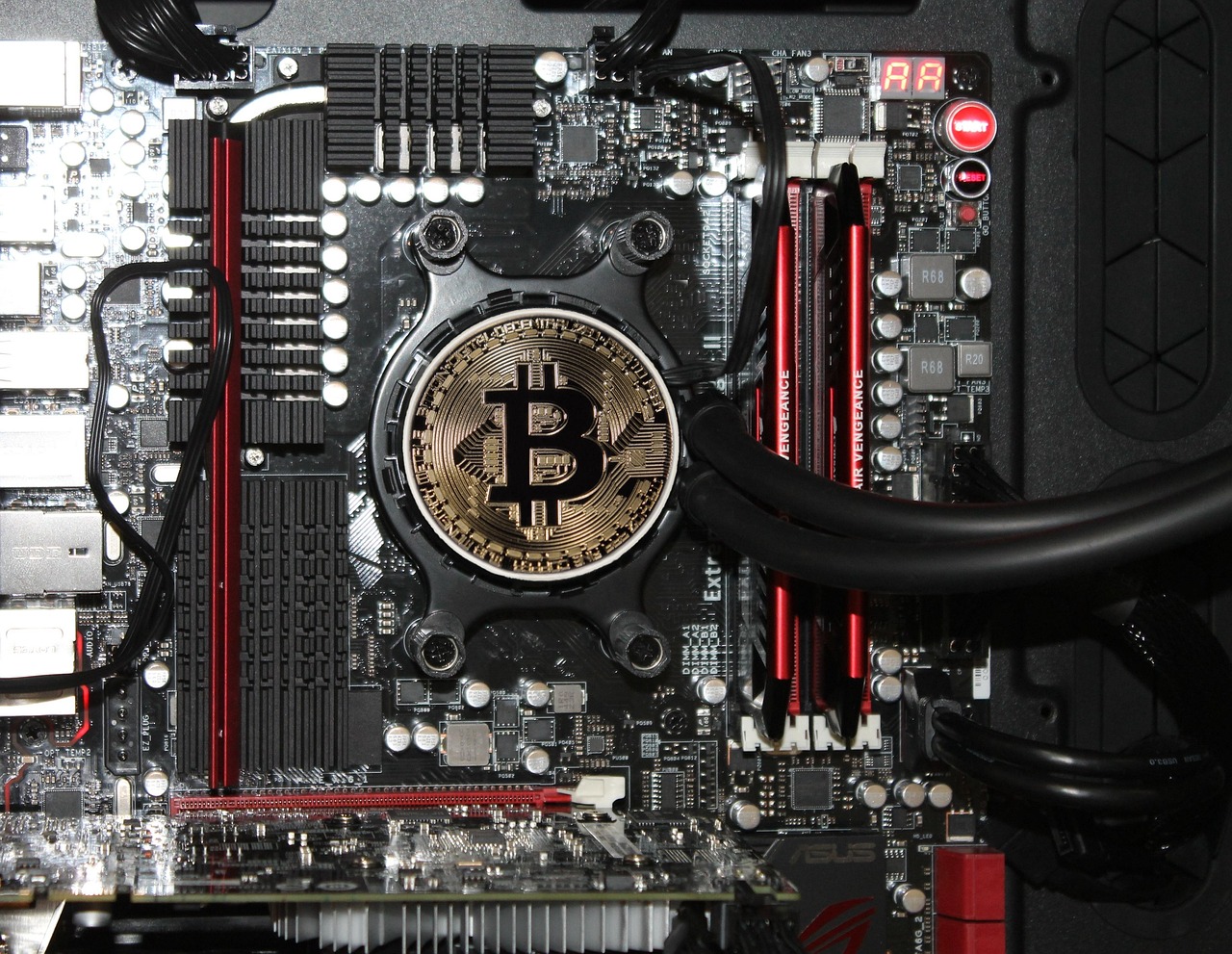Cryptos are volatile. They are very exciting, fast-paced, and full of potential. But there are also big things that can happen here. It is both exciting and devastating. A lot. If you have ever seen your portfolio drop like a rock and wondered why, you are not alone. The downtrend you are seeing in your portfolio in this market right now is not unique to you. Most crypto investors are in the same situation. Here is a quick and clear overview of the main reasons for the crypto market decline. Anyway, I have outlined some of the possible reasons clearly. I hope you agree with me.

[source](https://pixabay.com/photos/technology-cpu-component-3126814/)
First of all, one of the reasons why our wallets are showing down is that crypto runs on emotion. Think about what you do when you hear bad news in the market. When bad news hits the market - like a hack, a lawsuit, or a major sell-off - people panic. That panic leads to a chain reaction of selling and prices drop rapidly. It is called FUD: Fear, Uncertainty, and Doubt. This is extremely real and because of this, many people panic and start selling their coins, which plays a huge role in reducing the price of coins.
Cryptocurrencies are unregulated. But currently, various regulations or laws are being enacted to control them. Regulation is a huge trigger. If a country bans crypto, sues a major exchange, or introduces strict regulations, investors often withdraw. Even the talk of a crackdown can crash prices overnight.
Sometimes you see none of the above happening in the market but you still see a downtrend. That’s because there’s something called a market maker. In these markets, large “whales” (individuals or institutions with large holdings) can sell in bulk and shake up the market. This floods the market, driving down the price, and smaller investors follow suit. It’s usually to drive down the price or to further their own interests.
Crypto relies on code. If a blockchain has a bug or a DeFi protocol gets hacked, trust takes a hit. Investors sell to protect themselves, and the crash begins. Crypto doesn’t live in bubbles. When interest rates rise or the economy slows, people take less risk. This often means getting money out of crypto, just like they do with stocks.
Crypto booms are often driven by hype—memecoins, NFTs, or the next “big thing.” But when the excitement fades or early buyers cash out, the bubble pops, fast. Crypto crashes aren’t random—they’re a mix of fear, hype, big players, technical issues, and real-world economics. The more you understand these factors, the less scary they seem. Volatility comes with the territory, but so does opportunity—if you’re smart and informed.